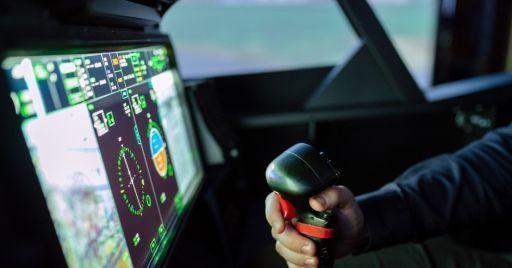
Learning by doing (and online learning): what is it?

Learning in a practical way requires contact with other people and real interactions in the workplace. How can this form of learning be exploited with eLearning?
Learning by doing means learning through experience and is the main component of the 70:20:10 learning model. According to this theory, for an effective training path 70% of learning should be done in an experiential way, 20% through interactions with others and only 10% through formal training. This does not mean that courses should not be structured, on the contrary, it is good to organize one's own course activities keeping in mind that we remember information better if it is conveyed through comparison and, above all, practice. Let's find out how learning by doing can be applied to eLearning.
Meaning of learning by doing and experiential learning
Learning by doing is an indirect or experiential learning method that starts with experimentation, direct experience, observation and ends with conceptualization. In this sense, it is the opposite of the direct method, which provides instead to start from basic notions, then from conceptualization, and then move on to understanding, remembering the most important information and finally, to action, i.e. the application of the knowledge learned. The debate whether the direct or indirect learning method is better is still open, although the answer depends on the subject of training.
Learning by doing: examples
There are several ways to learn by practicing, and we can put them in two categories:
- Workshops or practical workshops mainly used for science subjects. Students work individually to make a prototype or carry out an experiment trying to answer a specific problem.
- Group work, under the guidance of a trainer or not, to share and apply the knowledge together with other students working on specific case studies or projects.
How to apply learning by doing to distance learning
As seen from these examples of experiential learning, learning by doing is based on contact with reality and interactions with colleagues. Apparently, all this is incompatible with distance learning, where each student learns with his/her own device and according to his/her own time. Actually, eLearning offers different solutions to put the principles of learning by doing into practice:
- Simulations: through a simulation you can present real situations that students have to face by making appropriate choices. Read also "The use of virtual reality in corporate training".
- Webinars and virtual classes: the synchronous, i.e. live, training allows students and trainer to meet in an online platform to work together to complete a project and solve problems.
- Social learning: using forums and socials integrated in the LMS learning management system, students are free to learn from each other while performing a task or doing research independently.
Learning through experience starts with practice and then moves on to theory, reversing the classic direct method that starts with notions and then moves on to action. In eLearning, not only can learning by doing be achieved, but it is also desirable to use this approach to increase student involvement and retention.
Translated with www.DeepL.com/Translator
Did you like this article? Sign up for the newsletter and receive weekly news!
Subscribe to NewsletterComments:
No comments are in yet. You be the first to comment on this article!